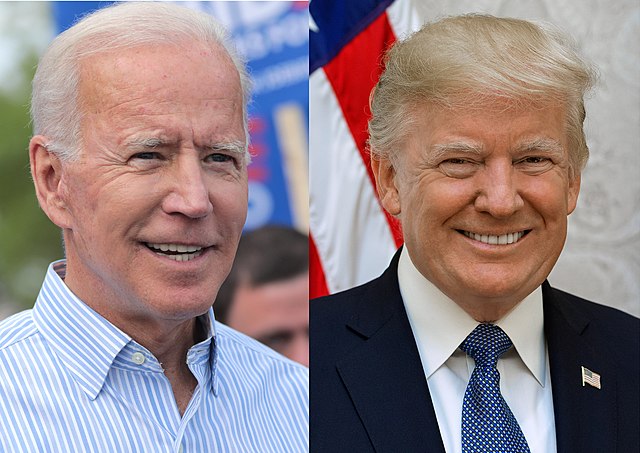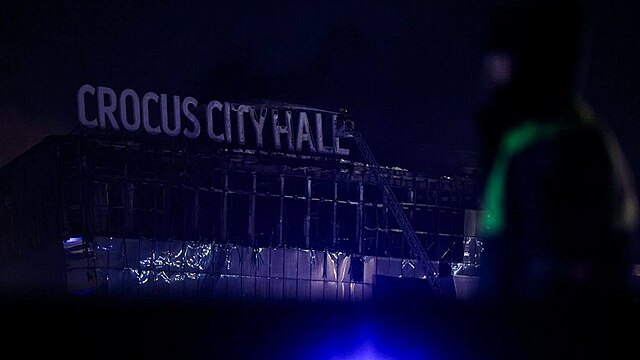As the SAG-AFTRA strikes continue on and on, America turns toward a long-neglected part of our nation: the lives of working class Americans. The summer of 2023 will be remembered for a lot of important moments: the Titanic Submarine accident, the premieres of Oppenhiemer and Barbie, and the globe’s hottest summer on record. What will also be remembered, especially by hard-working Americans, is the resurrection of a long-dead union culture in this country.
America used to be a workers’ nation. As far back as the antebellum period, Americans’ growing discontent with deregulation, poor working conditions, and low wages began to strike around the country. From the 1870’s to the 1940’s, unions like the Knights of Labor, Industrial Workers of the World, and the Brotherhood of Locomotive Engineers created change for the working class despite violent crackdowns. Big business tycoons like John D. Rockefeller and Andrew Carnegie bought and paid for private military and police forces to bust up striking workers. Carnegie particularly deployed private troops and called upon the National Guard to put down striking workers in Homestead, Pennsylvania. The subsequent destruction of the unionized front led to a precipitous decline in union action in the United States.
Unions were instrumental in creating jobs and opportunities during the New Deal and the wartimes of the 1940’s. After the war, union culture began to decline due to the second red scare and McCarthyism causing a general panic towards more leftist ideas of society. The biggest blow to the American perception of unions and union culture itself was in 1981.
On August 3rd, 1981, 13,000 airline workers went on strike for better wages. The Professional Air Traffic Controllers Organization (PATCO) representing one of the most stressed working collectives in the country, striked for more adequate equipment and flexible hours. Instead of meeting these demands, President Ronald Reagan fired 11,345 striking workers after two days of protest. Alongside demonizing working class unionization and action, global corporations began outsourcing jobs to other countries where unionization was less likely and where labor could be cheaply paid for. Places like Mexico, Japan, Indonesia, and China became easy pickings for global corporations in their unending quest for profit. This phenomenon was documented in Michael Moore’s film Roger and Me. A scathing critique of General Motors chairman Roger Smith, this film focuses on Moore’s hometown of Flint, Michigan and its fall from grace as a working class paradise to another rust belt town plundered of jobs. The jobs of hard-working Flint citizens went to Mexico and the Philippines. The NAFTA deal under the Clinton administration didn’t relieve these issues.
NAFTA made the working class conditions of the time far worse than before. According to the Economic Policy Institute, NAFTA “caused the loss of some 700,000 jobs” and after multiple financial failures in Mexico and Asia “the U.S. government organized the rescue of the world’s bank and corporate investors, and let the workers fend for themselves.”
The revival of union culture in this country is needed dearly. While wealth inequality looms large over the American system, American workers have had to bear the brunt of two trillion dollar wars in Iraq and Afghanistan, bailing out the bankers on Wall Street, and continuing exploitation of the middle class. That’s why the summer of 2023 will be remembered as a breath of fresh air in a trying time for unions.
Baristas, truck drivers, screenwriters and actors, automakers, airline workers, and even medieval reenactors have gone on strike in 2023. The results speak for themselves. A full-time UPS driver can make upwards of 170,000 dollars a year in the company’s new teamstar approved union contract. UPS also pledged to make trucks safer to drive in as well in the wake of mail carriers suffering under the brutal summer heatwave. Another massive strike formed by the United Auto Workers against the Detroit Three of General Motors, Ford, and Stellantis includes over 150,000 employees of those companies. UAW is asking for a 40% pay hike with a 5% increase each year of the new union contract. With continuing strikes however, anti-union action is being taken all across the country.
When this series of growing unionization began, baristas at Starbucks became major players in the movement. Workers at Starbucks have unionized as far back as the 1980’s, but their most recent efforts are certainly their greatest. Their labor union born out of protests in Buffalo, New York in 2021 led the charge to secure rights like workers’ healthcare and better pay. Unionized Starbucks workers have also called for the resignation of CEO Howard Schultz. Starbucks has engaged in a dirty war to break up the unions, going as far as to freeze pay and benefits to workers if they don’t stop picketing. One tactic ghoulishly applied to unionized Starbucks stores was the rescinding of the tip option on credit purchases. The union-busting efforts were so egregious that Howard Schultz had to testify in front of Congress for his company’s potential violation of labor laws.
Another giant multinational company striking back against workers is Disney. Disney CEO Bob Iger called the Writers Guild of America (WGA) and the aforementioned SAG-AFTRA strikes “very disturbing” and “disruptive.” Iger’s comments were mocked relentlessly by sympathizers online and the picketers on the streets. Breaking Bad star Bryan Cranston called out Iger in a fiery speech, stating “We will not have you take away our right to work and earn a decent living. And lastly, and most importantly, we will not allow you to take away our dignity.”
Unions are the reason our society operates the way it does. The five-day work week? A union of Jewish workers wanting time off for the Sabbath secured that. The 40-hour work week? Ensured under the Fair Labor Standards Act of 1938 after growing unionization during the Great Depression. Also ensured under the Fair Labor Standards Act of 1938? A federal minimum wage, another huge rallying point for unionized laborers.
While it will take years for labor culture to make its satisfying return to the American spotlight, the brave workers picketing everyday should be commended for their efforts. SAG-AFTRA and other working collectives will continue the struggle, and working class people everywhere will hopefully reap the benefits of their struggle.








